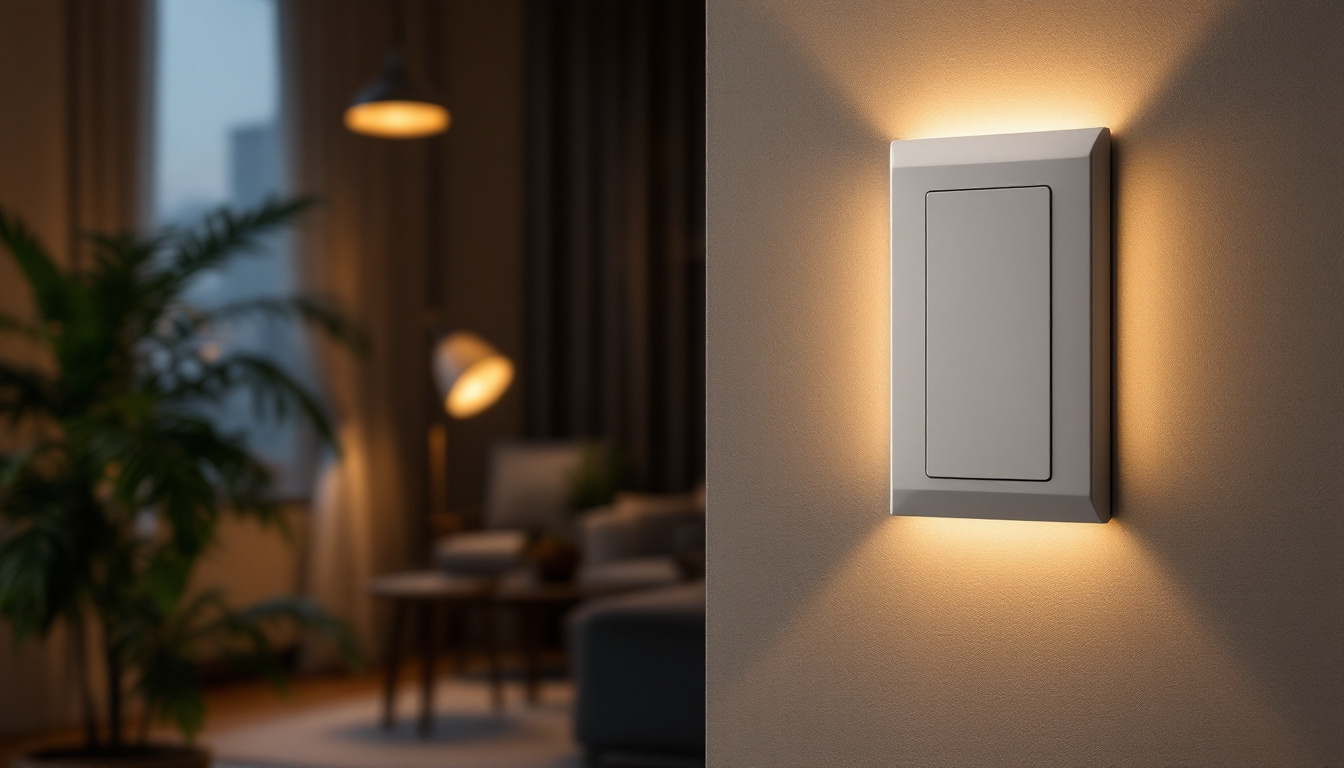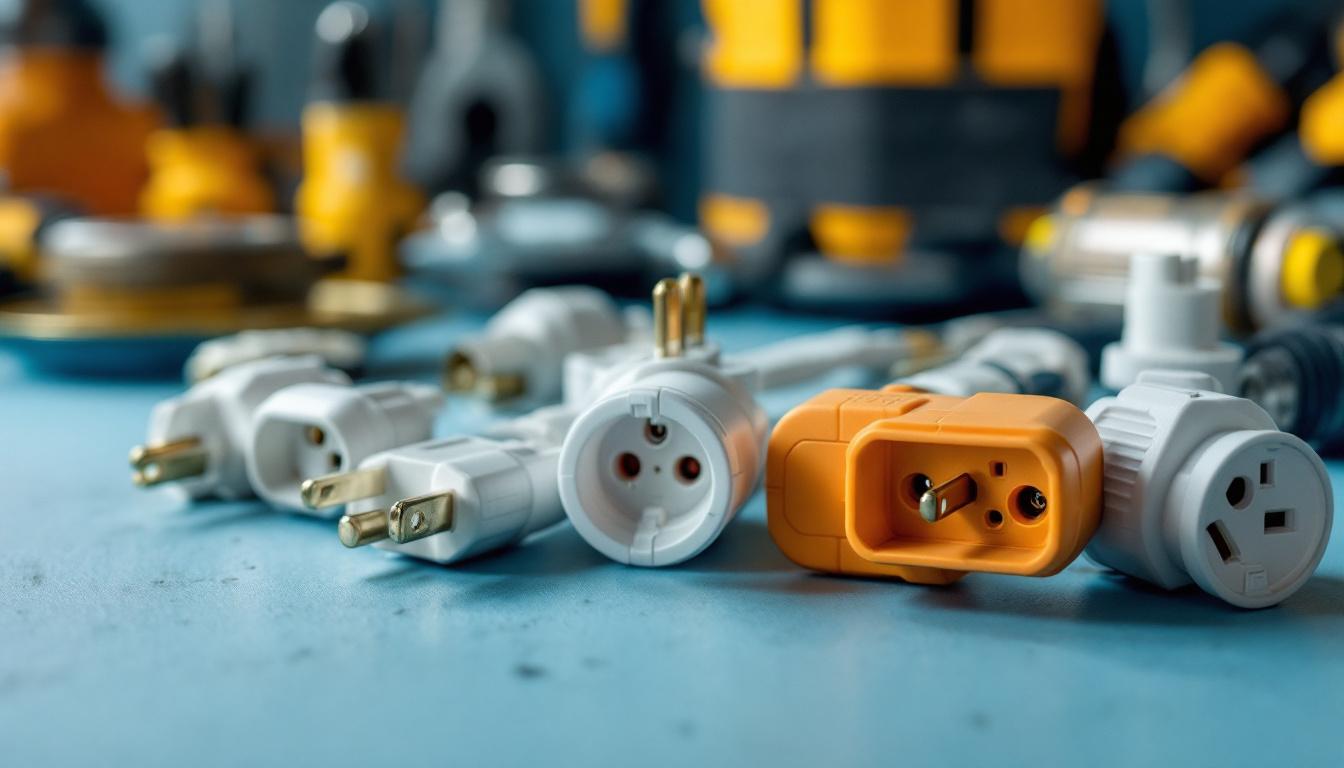
As the demand for energy-efficient and smart lighting solutions continues to rise, outdoor motion detector light switches have become an essential component for lighting contractors. These devices not only enhance security but also provide convenience and energy savings for homeowners and businesses alike. Understanding the intricacies of these systems is crucial for lighting professionals looking to stay competitive in the industry.
Outdoor motion detector light switches are designed to automatically turn lights on or off based on the presence of movement within a designated area. They utilize various technologies, such as passive infrared (PIR), microwave, or dual technology, to detect motion. Each type has its own advantages and applications, making it important for contractors to understand their differences.
Passive infrared sensors detect changes in heat emitted by objects, typically warm bodies, within their range. This makes them ideal for outdoor applications where they can monitor driveways, walkways, and yards. On the other hand, microwave sensors emit microwave signals and measure the reflection off moving objects, allowing them to cover a larger area and even penetrate obstacles like foliage.
Dual technology sensors combine both PIR and microwave technologies to minimize false alarms while maximizing detection range. This hybrid approach is particularly useful in environments where animals or environmental factors might trigger a single technology sensor. For instance, in a garden setting, a dual sensor can differentiate between a passing car and a wandering deer, ensuring that the lights only activate when truly needed.
When selecting outdoor motion detector light switches, several key features should be considered. Sensitivity adjustment allows contractors to customize the detection range, ensuring that the lights activate only when necessary. Additionally, timers can be set to control how long the lights remain on after activation, providing flexibility for various applications. This feature is particularly useful for homeowners who may want lights to stay on longer during social gatherings or while working outside at night.
Another important feature is the ability to adjust the light level. Some systems offer dusk-to-dawn capabilities, allowing lights to remain off during the day and only activate at night. This not only conserves energy but also enhances the safety of outdoor spaces during nighttime hours. Moreover, many modern motion detector lights come equipped with smart technology, enabling users to control them remotely via smartphone apps. This integration allows for real-time monitoring and adjustments, giving homeowners peace of mind when they are away from their property.
Furthermore, the durability of outdoor motion detector light switches is crucial. Many models are designed to withstand harsh weather conditions, featuring weather-resistant casings and UV protection to prevent fading and degradation over time. This ensures that the investment in outdoor lighting remains effective and reliable, regardless of the elements. Additionally, some advanced models incorporate LED technology, which not only enhances brightness but also significantly reduces energy consumption, making them an eco-friendly choice for outdoor lighting solutions.
Incorporating outdoor motion detector light switches into lighting projects offers numerous benefits for contractors. These devices not only appeal to environmentally conscious clients but also provide an opportunity for upselling and enhancing overall project value.
One of the most significant advantages of motion detector light switches is their energy efficiency. By ensuring that lights are only activated when needed, these systems help reduce electricity consumption. This not only lowers utility bills for clients but also aligns with sustainable building practices, making contractors more attractive to eco-conscious customers.
Moreover, many modern motion detector lights are designed to work with LED bulbs, which further enhances energy savings. This combination of technology allows contractors to present a compelling case for the installation of motion detectors as a cost-effective solution. Additionally, the long lifespan of LED bulbs means less frequent replacements, which can be a selling point for clients looking to minimize maintenance costs over time. By integrating these energy-efficient solutions, contractors can position themselves as leaders in sustainable design, appealing to a growing market segment that values environmental responsibility.
Security is a top concern for many homeowners and businesses, making outdoor motion detector light switches an appealing option. By illuminating areas when movement is detected, these devices can deter potential intruders and provide peace of mind for property owners.
Contractors can emphasize the security benefits of these systems during consultations, highlighting how well-lit outdoor spaces can reduce the likelihood of vandalism or theft. Additionally, some motion detector lights come equipped with features such as integrated cameras or alarms, further enhancing security capabilities. These advanced models can provide real-time alerts to homeowners via smartphone apps, allowing them to monitor their property even when they are away. This integration of technology not only boosts the perceived value of the installation but also positions contractors as knowledgeable professionals who stay ahead of industry trends, ultimately leading to increased customer satisfaction and referrals.
Proper installation is critical for the effective operation of outdoor motion detector light switches. Lighting contractors must consider various factors to ensure optimal performance and client satisfaction.
Choosing the right location for motion detector lights is essential. Factors such as the area’s layout, potential obstructions, and the intended coverage zone must be evaluated. For instance, placing a sensor near a busy street may lead to frequent false alarms due to passing vehicles, while positioning it too close to dense foliage may hinder its ability to detect movement.
Contractors should also consider the height at which the sensors are mounted. Generally, a height of 6 to 8 feet is recommended for optimal detection. This height minimizes the chances of small animals triggering the lights while still covering a wide area.
When installing outdoor motion detector light switches, ensuring proper wiring and power supply is crucial. Contractors should follow local electrical codes and guidelines to guarantee a safe installation. It’s also advisable to use weatherproof fixtures and wiring to protect against the elements.
In some cases, contractors may need to integrate the motion detectors with existing lighting systems or smart home technologies. Understanding the compatibility of different systems is vital to ensure seamless operation and client satisfaction.
Contractors should recommend routine checks to ensure that the sensors are clean and free from obstructions. Dust, dirt, and debris can accumulate on the sensor lenses, impairing their ability to detect motion accurately. A simple cleaning with a soft cloth can often resolve this issue.
Additionally, clients should be advised to inspect the surrounding area for any changes that may affect sensor performance, such as new landscaping or construction. Regular communication can help identify potential problems before they escalate.
Despite proper installation and maintenance, issues may arise with outdoor motion detector light switches. Common problems include false alarms, lights not activating, or lights staying on too long. Understanding how to troubleshoot these issues is essential for contractors.
For false alarms, contractors should first evaluate the sensor’s sensitivity settings. Adjusting the sensitivity can help reduce unnecessary activations. If lights are not activating, checking the power supply and ensuring that the motion detection range is appropriately set can often resolve the problem. In cases where lights remain on longer than desired, adjusting the timer settings may be necessary.
Providing clients with comprehensive education and support is vital for ensuring their satisfaction with outdoor motion detector light switches. By empowering clients with knowledge, contractors can foster trust and encourage repeat business.
During the installation process, contractors should take the time to demonstrate the features and functionality of the motion detector light switches. Clients should understand how to adjust settings such as sensitivity, timers, and light levels. This hands-on approach not only enhances client confidence but also reduces the likelihood of issues arising post-installation.
Additionally, providing written instructions or quick-reference guides can be beneficial for clients to refer back to after the installation is complete. This resource can serve as a valuable tool for troubleshooting and understanding the system’s capabilities.
Establishing a relationship with clients that extends beyond the initial installation can lead to long-term success for lighting contractors. Offering ongoing support, whether through follow-up visits or phone consultations, can help address any concerns that may arise after the installation.
Contractors can also encourage clients to reach out with questions or for assistance with any adjustments they wish to make. This level of support not only enhances client satisfaction but can also lead to referrals and repeat business.
Outdoor motion detector light switches are an essential tool for lighting contractors looking to enhance their service offerings. By understanding the technologies, benefits, installation considerations, and maintenance practices associated with these devices, contractors can provide valuable solutions to their clients.
As the market for energy-efficient and smart lighting continues to grow, embracing the integration of motion detector technology will not only meet client demands but also position contractors as industry leaders. With the right knowledge and support, lighting professionals can successfully navigate the complexities of outdoor motion detector light switches, ensuring satisfaction for both themselves and their clients.
Ready to elevate your lighting projects with the most efficient and smart outdoor motion detector light switches? Look no further than LumenWholesale, where we provide contractors with superior, spec-grade lighting products at unbeatable wholesale prices. With our direct approach, you can access a wide range of high-quality lighting solutions without the extra costs of a middleman. Our commitment to quality and affordability, paired with the convenience of free shipping on bulk orders, ensures that you get the best value for your investment. Don’t compromise on performance or price. Discover the best in wholesale lighting at LumenWholesale and make your next project shine with confidence and cost-effectiveness.

Explore the essential considerations for lighting contractors when installing dimmable light switches for LED systems.

Discover why opting for local distributors when purchasing grow lights in bulk might not be the best decision.

Explore the various types of dryer plugs and their significance for lighting contractors.

Discover essential facts about red electrical outlets for lighting contractors, including safety tips, industry standards, and benefits to enhance your projects—read more now!.